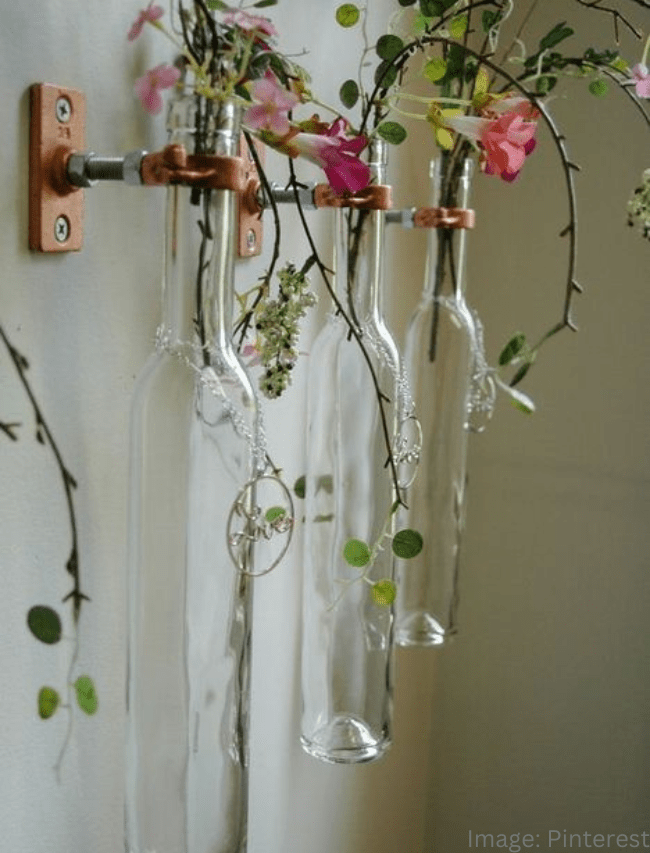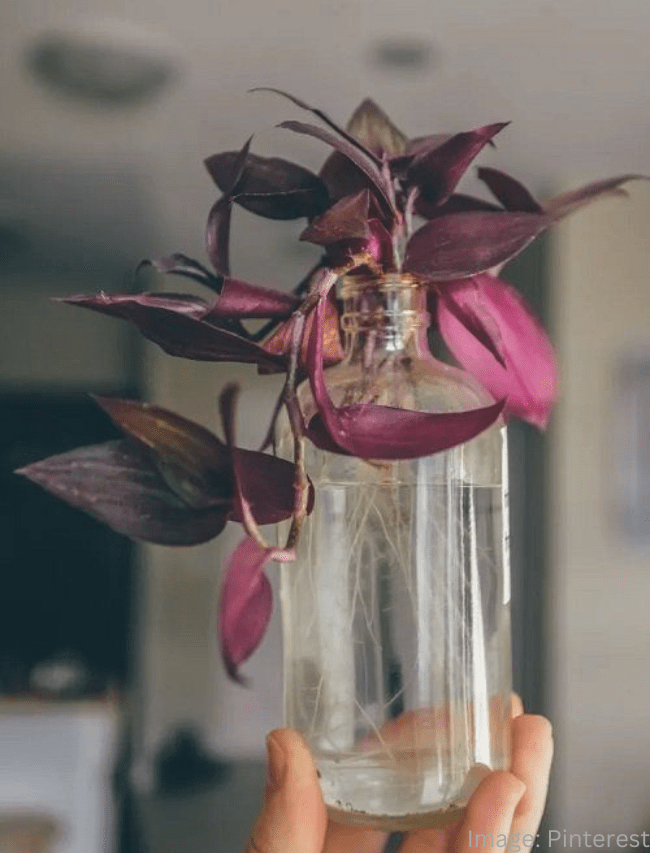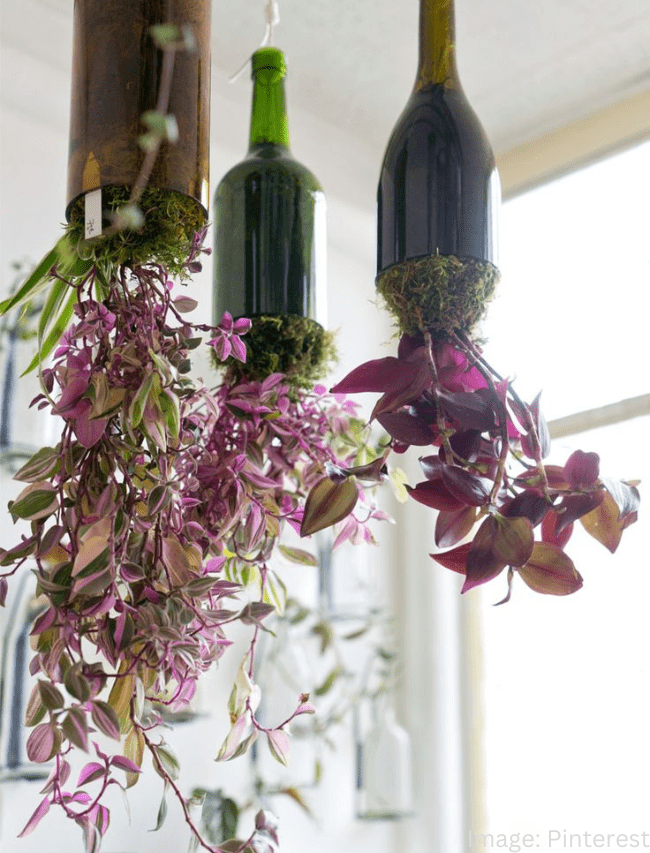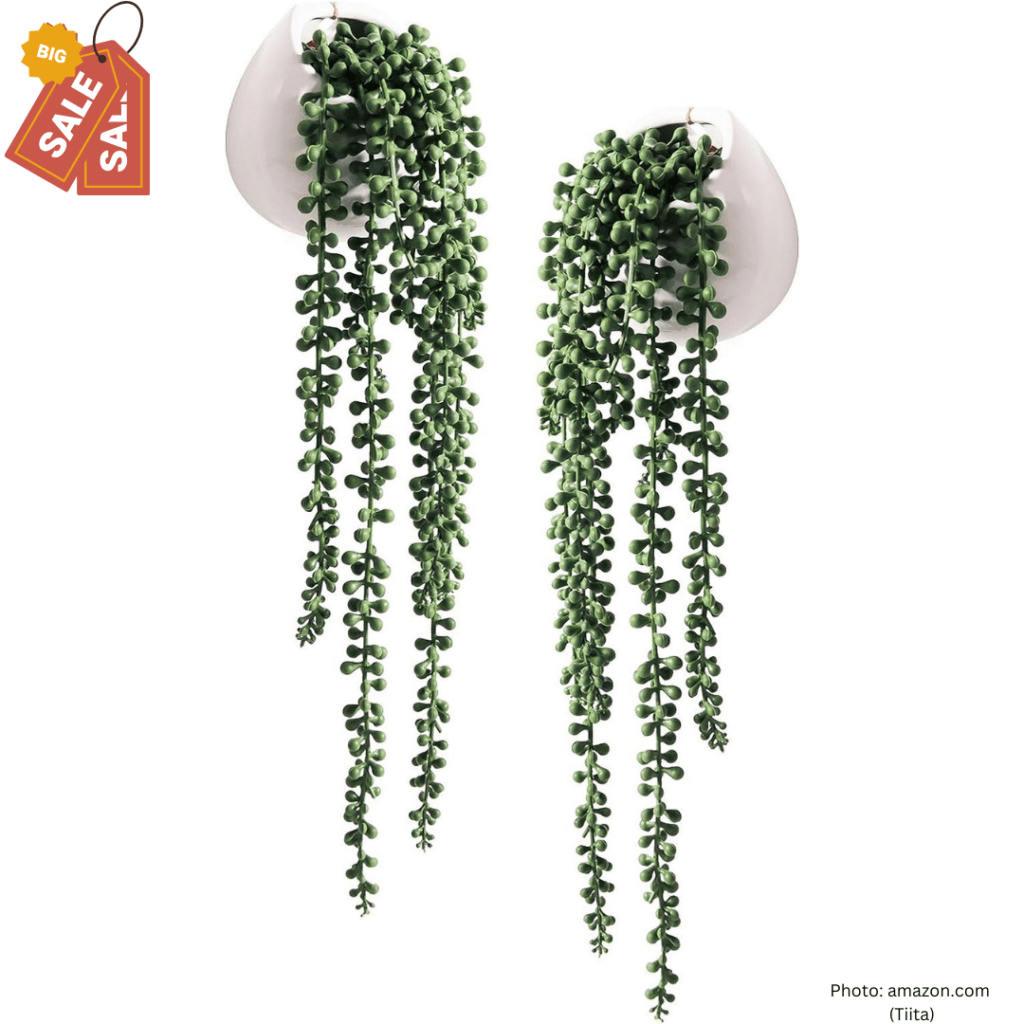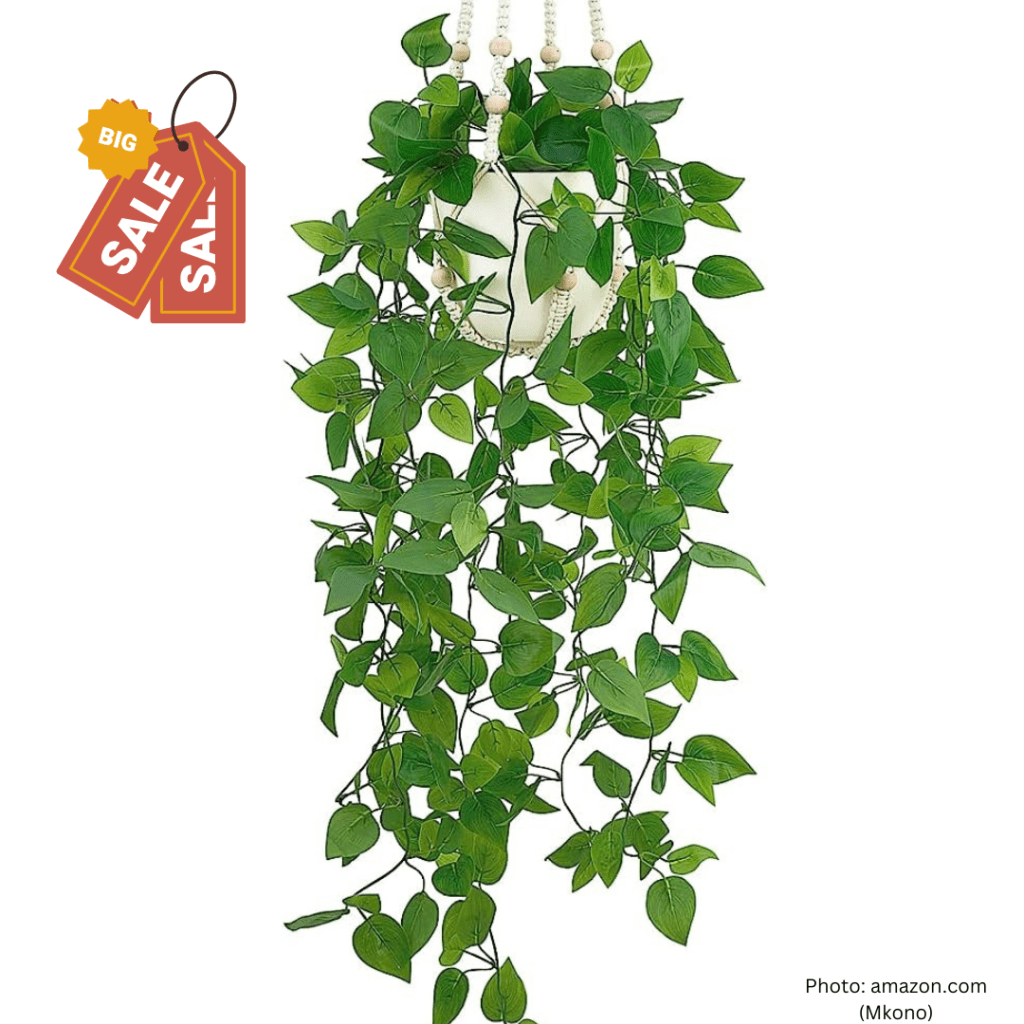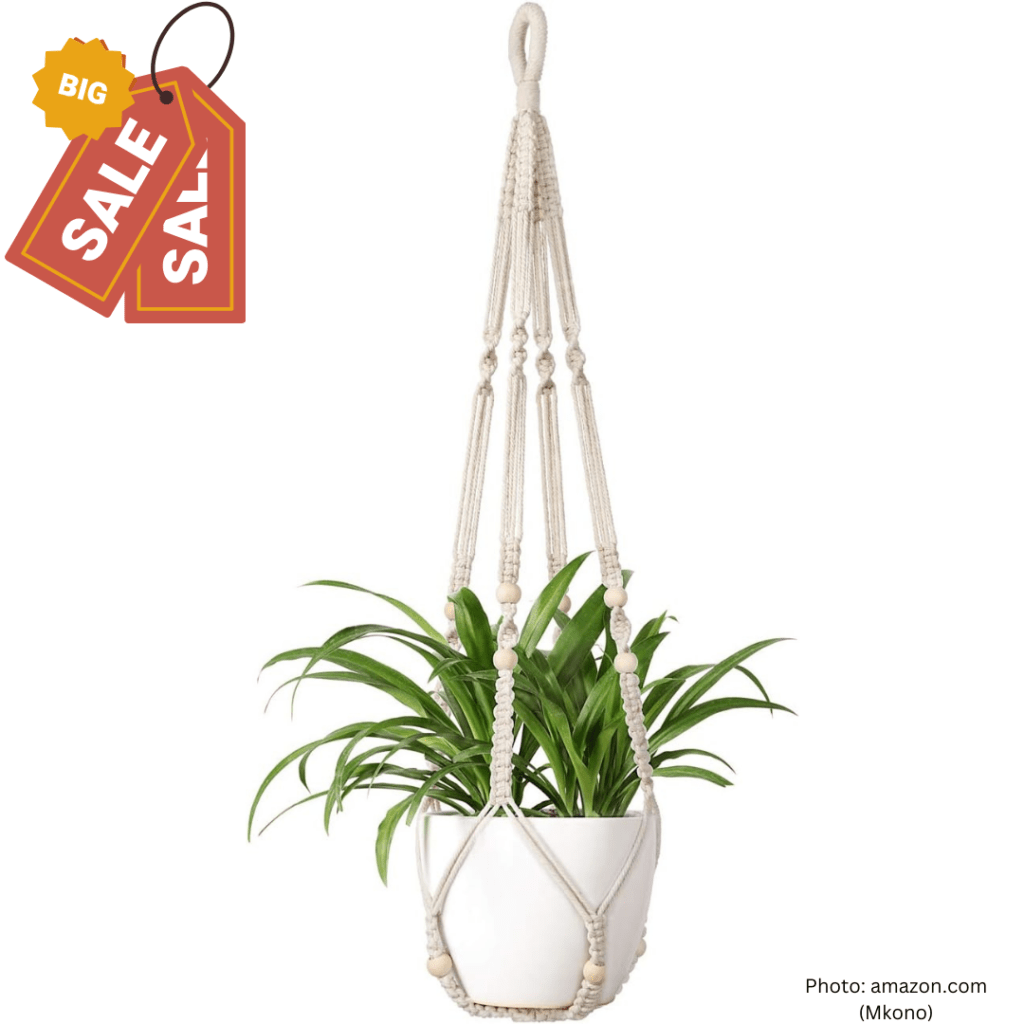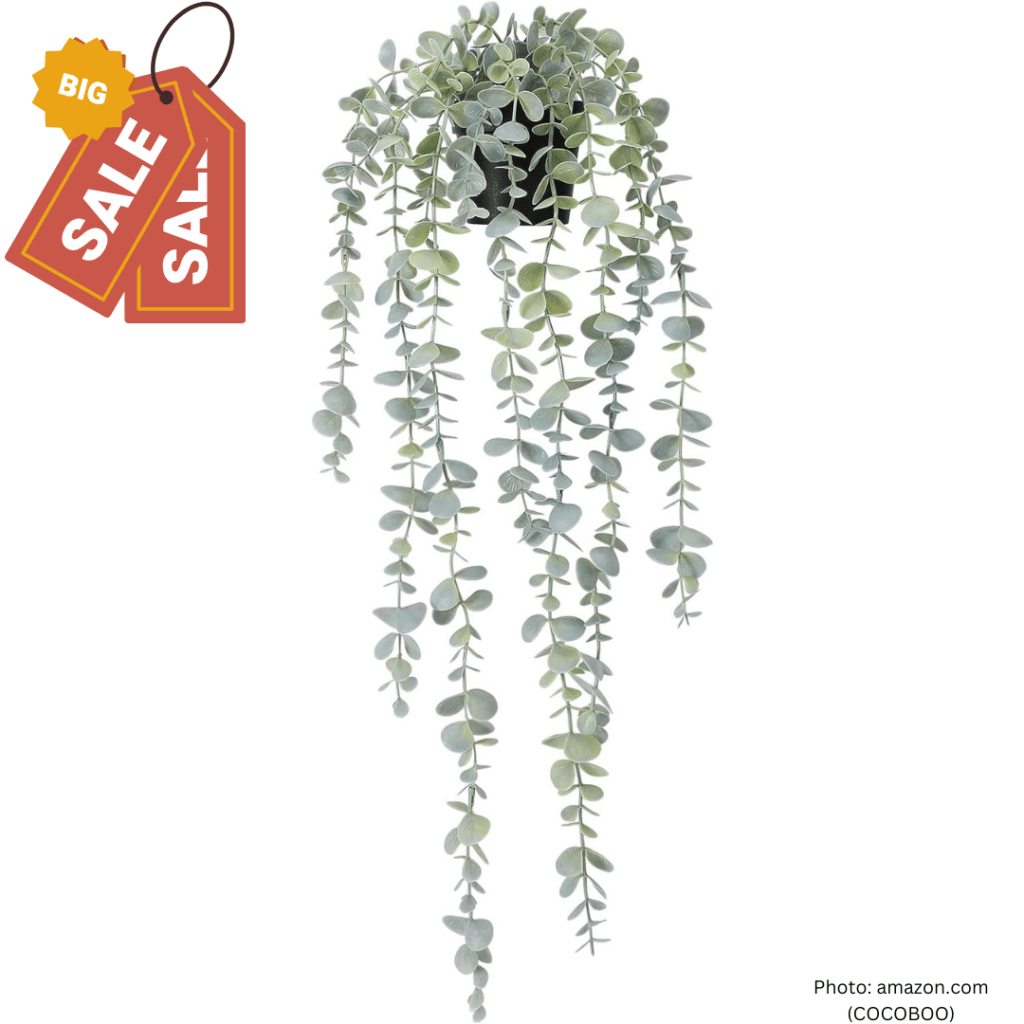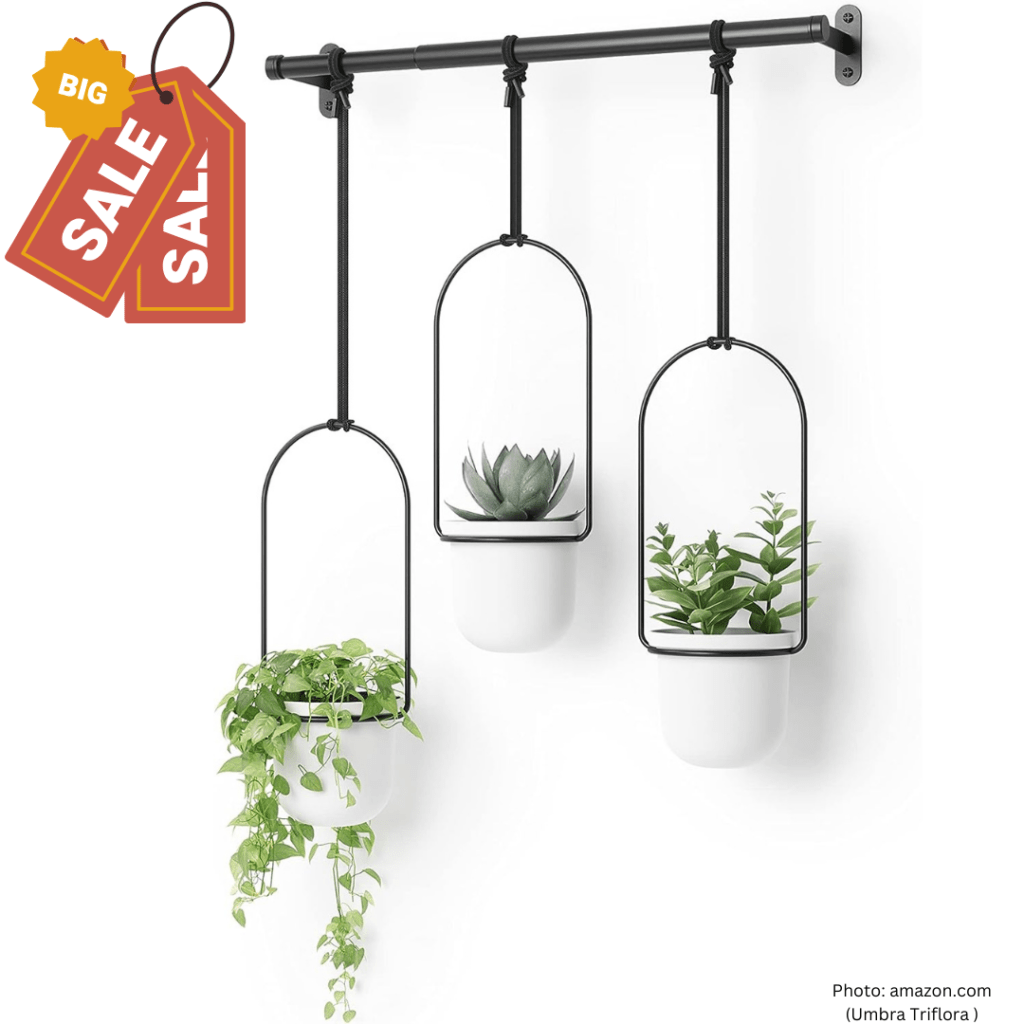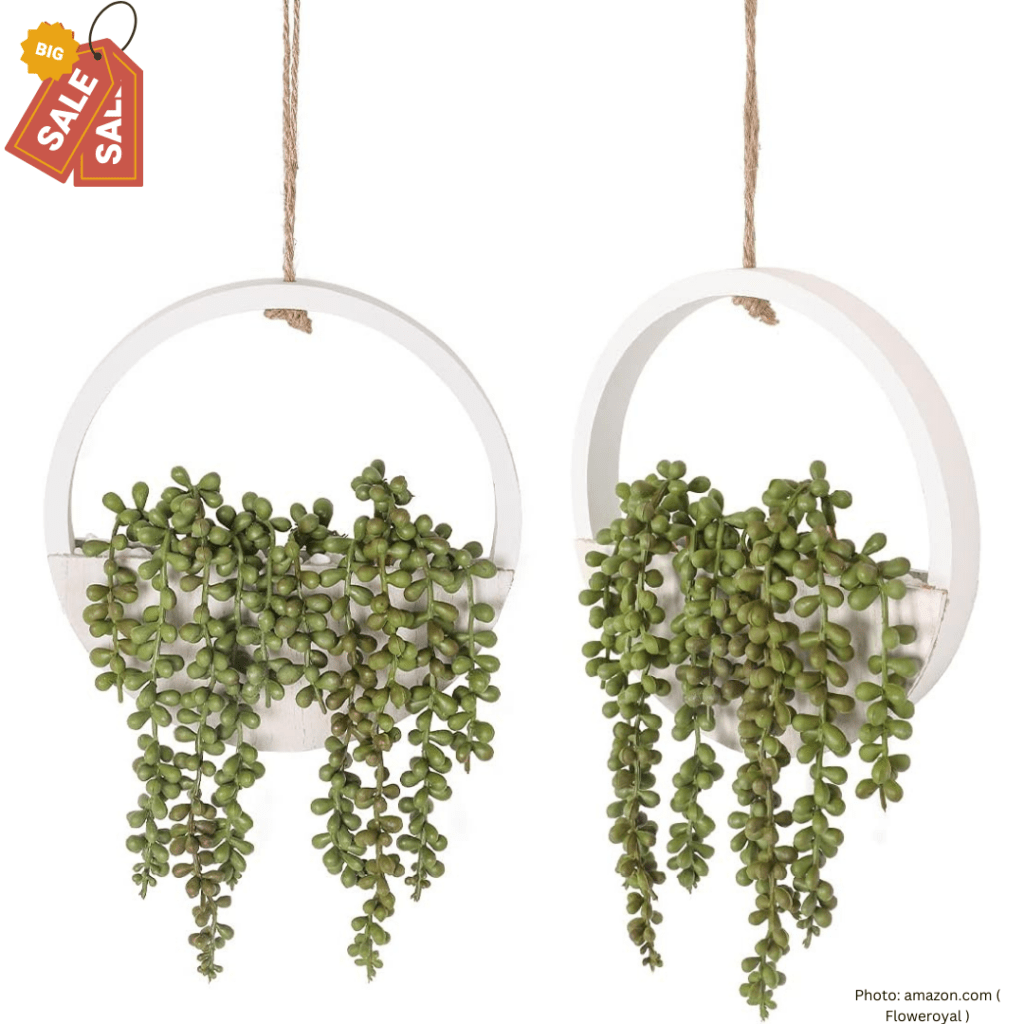Artificial Hanging Plants
The nicest thing about our artificial hanging plants is that you can put them to a base of your choosing and alter them to match your space. Hanging plants can conserve space without taking up a lot of it, especially if you have a tiny outdoor area.
What’s best is that hanging your indoor plants is a great way to keep kids and pets out of them. This is an easy way to have plants that are toxic to humans and animals.
What are Artificial Hanging Plants?
A form of indoor plant known as a hanging plant hangs from the ceiling or another surface and is hung in the air. These plants are available in a variety of forms and sizes and may be employed either as functional décor or purely for health reasons.
When there isn’t enough room for a standard potted plant or they are simply more aesthetically attractive, hanging plants are excellent for tiny areas.
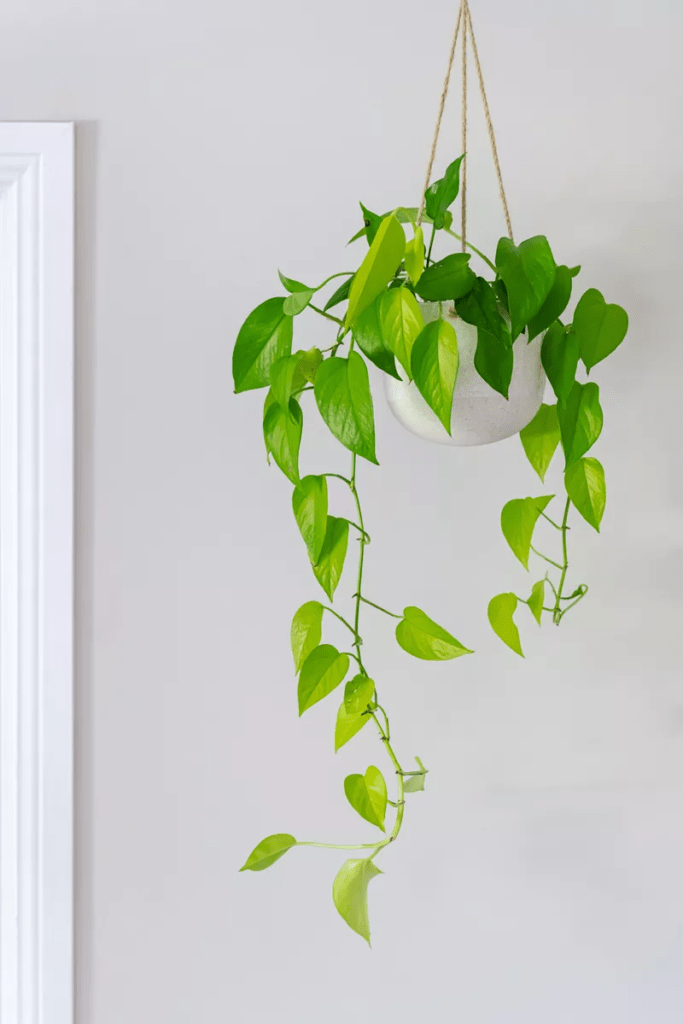


Where to Hang Indoor Artificial Hanging Plants
The first thing to do if you want to purchase some indoor plants is to think about how much light it needs.
While some plants enjoy partial shade, others prefer full sunshine next to a window. You may use this to decide where to hang your plant. Also consider how much space your hanging plant need.
Some plants grow horizontally before drooping, whereas others just droop. Higher hanging plants should be used. However, if you’re short, you may always cut the long stems and split them to develop new plants, or you can put cuttings next to the parent plant to promote growth.
Hanging plants in a cluster in front of a window looks amazing. Your plants will get lots of brilliant light and you’ll have a gorgeous, all-natural privacy screen!
We suggest covering your plants with a sheer curtain or creating your own DIY window sun diffusers to protect them from the strong, direct sunshine. The greatest part is that you can select from a variety of lovely plant hangers to display your plants.
How to Hang Plants Properly and Safely
Remember that hanging baskets filled with vegetation and damp soil can weigh quite a bit. You don’t want your plant to fall from the wall or the ceiling if you hang it.
To prevent this from happening, drill where there are wall studs or ceiling joists. Combine your plant with the proper hardware to make sure that your wall or ceiling can handle the weight of your plant.
Don’t hang your plant too high where you can’t readily reach it because you might need to take it down to water it.
You may still have hanging plants in your house even if you don’t possess a drill or are a rental who cannot drill. Actually, hanging plants aren’t always essential. Alternatively, you may just let your hanging plant hang from a shelf or plant stand.
An other option to display plants is by hanging them from the side hooks of a standing coat rack.
How to Water Artificial Hanging Plants
In most cases, Artificial Hanging Plants require more frequent watering than those that are on the ground. The air is warmer and drier above than below, which causes this phenomenon.
Non-draining planter pots are used to hold a lot of Artificial Hanging Plants. This usually prevents water from dropping after irrigation.
Despite the fact that it makes sense, your plants’ roots require drainage so they can dry out and prevent drowning in wet soil. Drip trays and hanging planters with additional water drainage are available for this purpose. A step ladder and a watering can with a long spout can be used, but you must still exercise caution to prevent spillage. Your nice carpet could still become wet.
